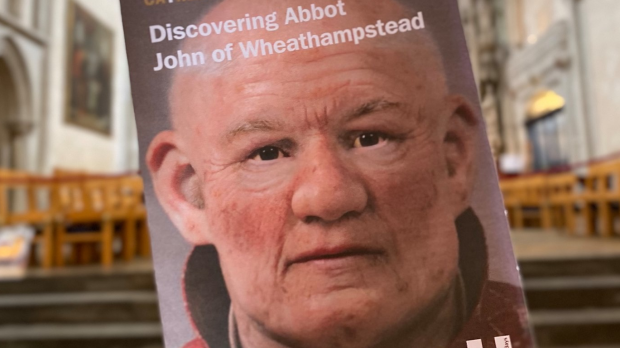A round of excavations at St. Albans Cathedral in 2017 led to the unexpected discovery of the remains of Abbot John of Wheathampstead, who lived from 1390-1465 AD. Now, thanks to the dedicated efforts of experts at Facelab, an interdisciplinary research group based out of Liverpool John Moore’s University, we are treated to a view of how the old abbot may have looked.
BBC reports that the skeletal remains of the abbot were identified thanks to the three papal bulls, public decrees issued by the pope, which were buried alongside him. The records of the abbey describe the abbot as an influential cleric who often represented the English clergy at international events.
Matt Adams, of The Herts Advertiser provided a comment by St. Alban’s Dean, Dr. Jeffery John, who said of the digital facial reconstruction:
“The reconstruction of Abbot John of Wheathampstead’s face brings him startlingly to life, and immediately invites us to read his character from his features. He has an impish look, but also looks like a man who was not to be trifled with – as befits one of the most powerful ecclesiastical fixers of his day. I hope that seeing him in his human reality will raise interest in his life, and in the central role St Albans Abbey has played in this country’s history.”
The Adams report went on to note that Abbot John held the position twice, from 1420-1440, at which point he resigned due to ill health. Eleven years later, however, the former abbot was installed to the position once again, a seat which he held until his death. His time as abbot marked a time of prosperity for the abbey.
St. Albans has been working to provide virtual events, classes, and entertainment throughout the lockdown. One of their upcoming events, on September 21, will be a “face-to-face” with Abbot John, during which attendees will learn more about the abbot, as well as the process behind the efforts to bring his face into the 21st century. Click here to sign up for the September 21 online event.

